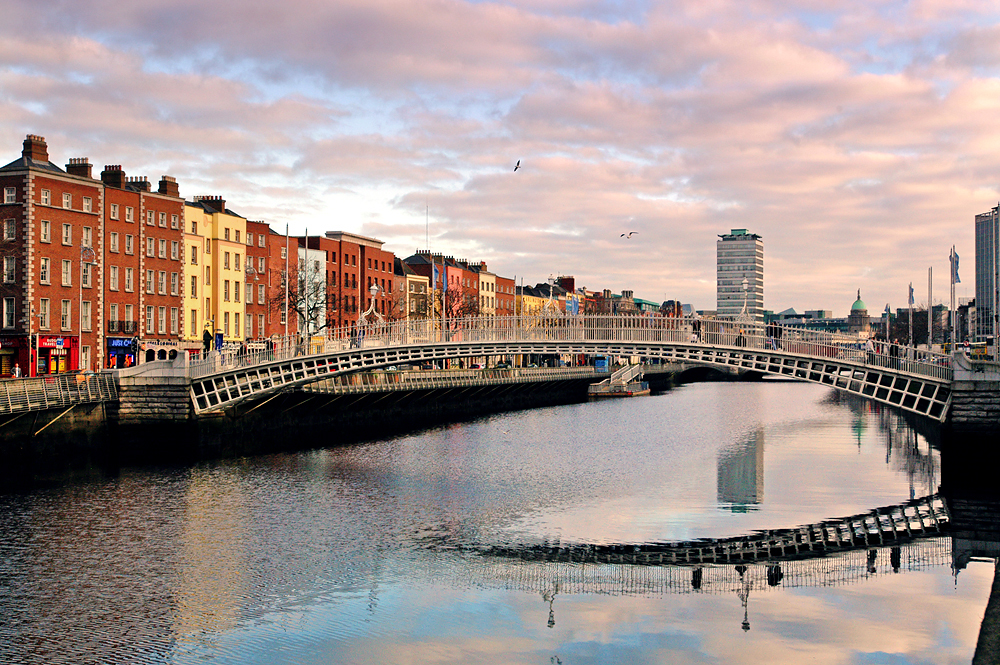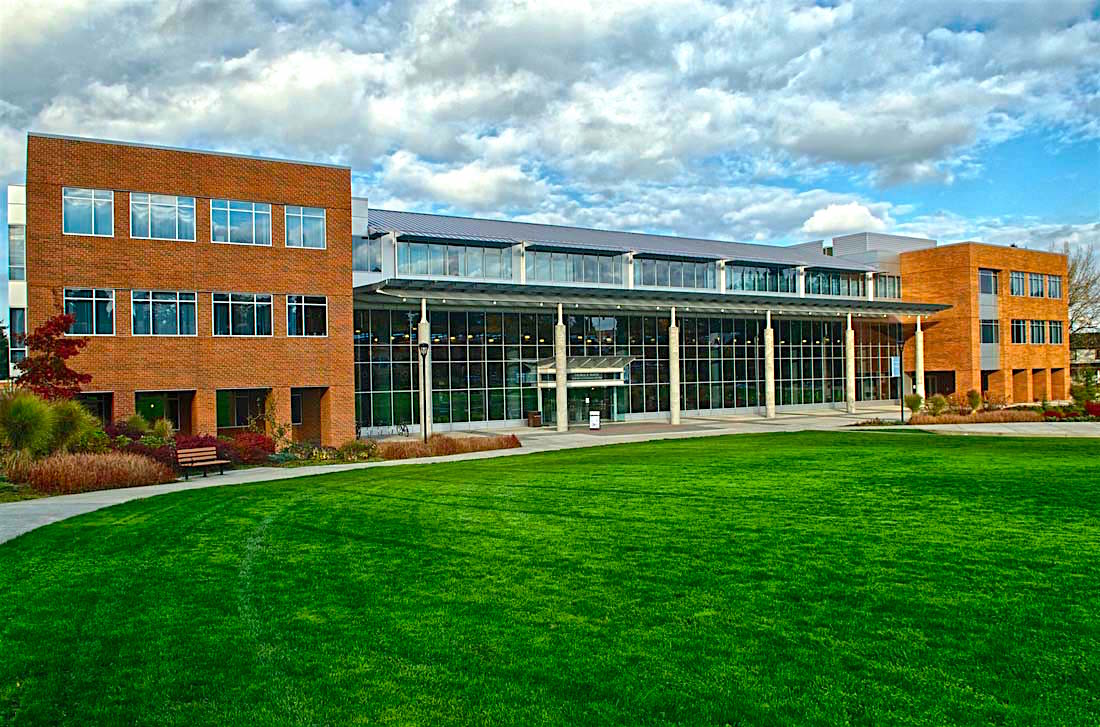Dublin, the capital city of Ireland. The city of Dublin is rich in culture and history; From the invasion of the Vikings in the 8th Century through 700 years of Norman occupation, English rule and the formation of the Republic of Ireland in the 1920’s. There are plenty of things a visitor can experience in this classic city.

Photograph by Fridmar Damm/SIME
A Trinity College must-see, the Old Library houses the institution’s greatest treasure: the Book of Kells, a circa-A.D. 800 illuminated manuscript.
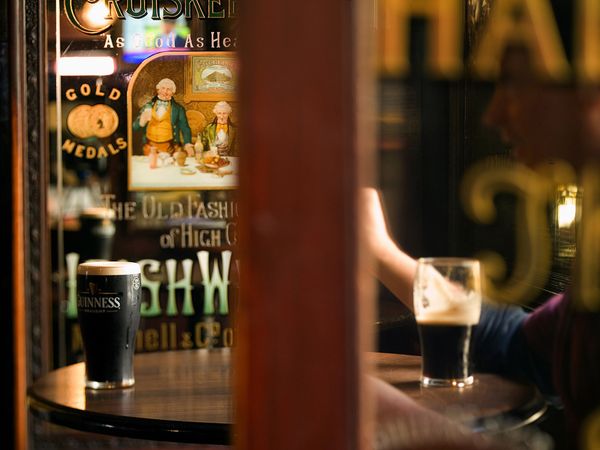
Photograph by Carlo Irek/SIME
Is there anything that says “Dublin” more succinctly than a glass of Guinness? Note: The rich brew mixes well with champagne—for a drink called Black Velvet.
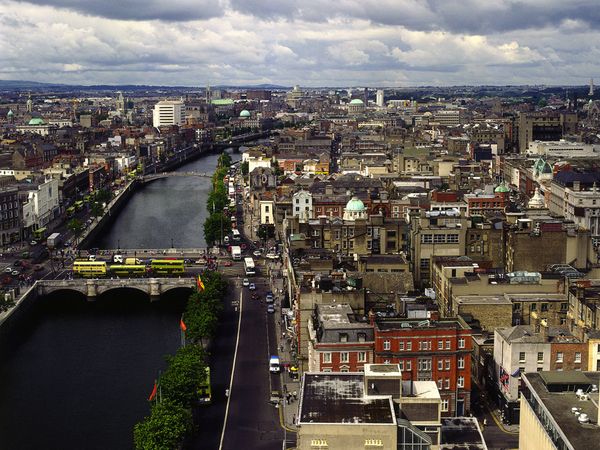
Photograph by Johanna Huber/SIME
Spanning the Liffey River, the late-18th-century O’Connell Bridge is a primarily granite structure that was widened in 1882.
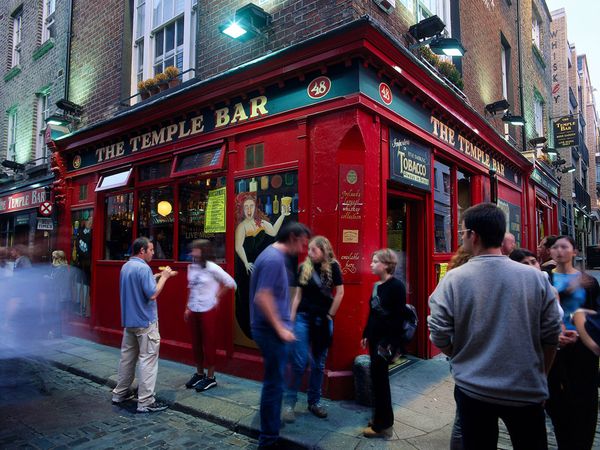
Photograph by Stefan Damm/SIME
Dublin’s narrow cobbled streets remain magnets for travellers and locals alike—especially when the neighbourhood watering holes are as welcoming as the Temple Bar.
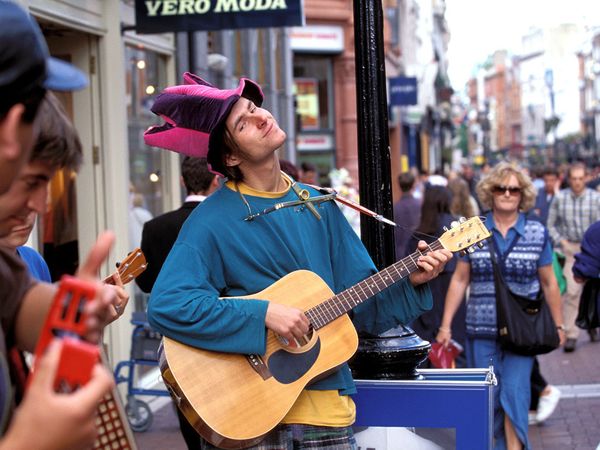
Photograph by Stefano Amantini/Atlantide
A busker plays to pedestrians on busy Grafton Street, the Southside byway brimming with top retail establishments, including the flagship Brown Thomas department store.
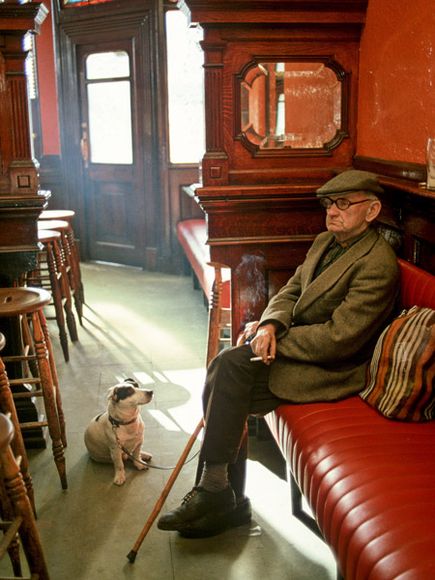
Photograph by Liam Blake/Imagefile
Far from dark and dingy, Ryans—a traditional pub on Parkgate Street—offers Victorian-style comfort and quiet for man and beast.

Photograph by Ingolf Pompe/Aurora Photos
Ireland’s ongoing love affair with the horse is elegantly celebrated every summer at the Dublin Horse Show, an event attended by more than 80,000 fans.

Photograph by Stefano Amantini/Atlantide
One of Dublin’s wider thoroughfares, Dame Street was named for a nunnery: St. Mary de Dame. It is home to Trinity College and the Central Bank of Ireland.
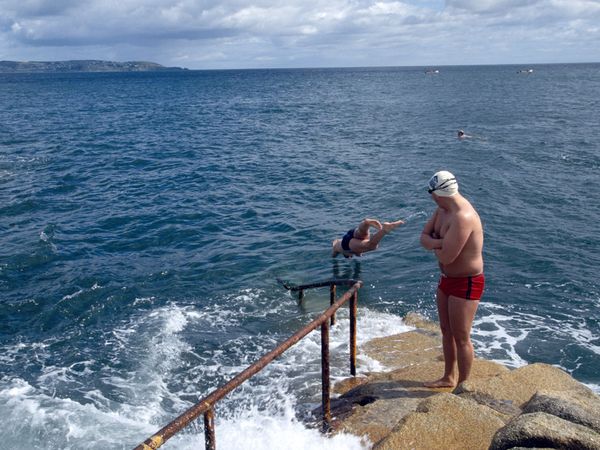
Photograph by Ingolf Pompe/Aurora Photos
When Dubliners get the urge to take the plunge, they head to 40 Foot—named for the British Army’s 40th Regiment of Foot, once stationed here.

Photograph by Liam Blake/Imagefile
St. Patrick’s Cathedral pierces the fog of the ages. For one thing, Jonathan Swift—author of Gulliver’s Travels—was dean here in the 1700s; his grave sits near the entrance.
All images are from National Geographic.
From our partners:







